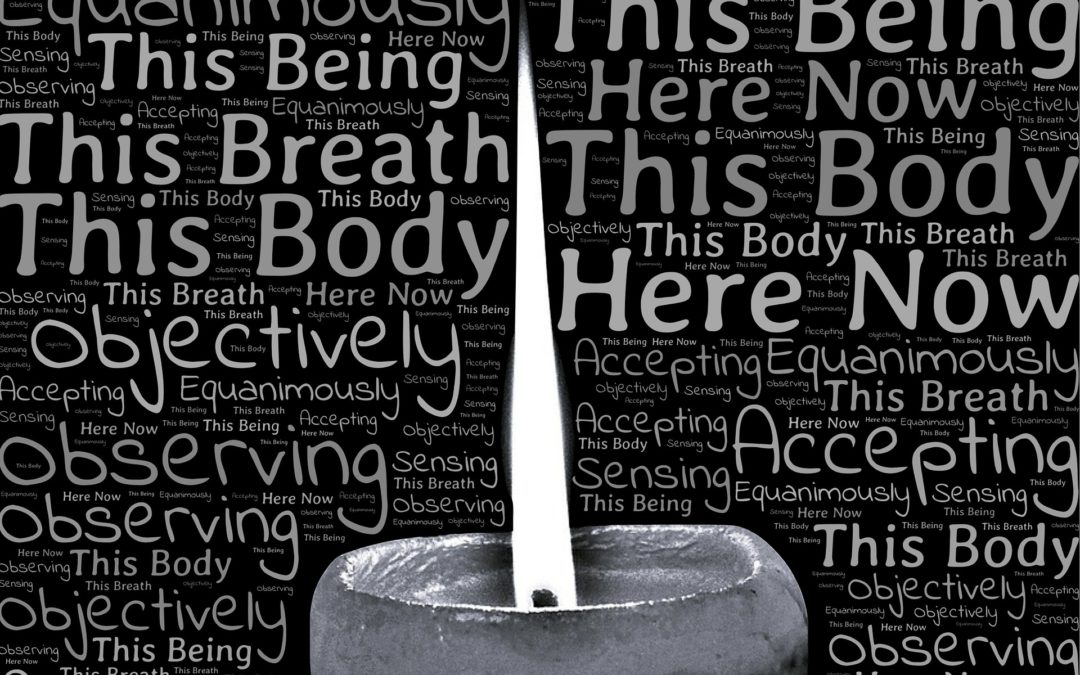Mental Health – Cost to Business – Meditation in the Workplace
An article published in the Globe and Mail June 29, 2017, entitled Mindfulness and Meditation need to be part of Canada’s Mental Health Strategy makes a very compelling case for meditation in the workplace.
The article names different studies and the findings of each.
To summarize, meditation has been successful in reducing anxiety, depression and pain. It can lower the stress hormone cortisol in the blood and it has been proven effective in protecting the brain against mental illness by increasing connectivity and the density of protective tissue.

The article also states that Canada is the second highest per capita consumer of opioids, and that mental health and addiction affects 1 in 5 Canadians in their lifetime.
Given the facts presented, it was not surprising to learn mental illness costs the Canadian economy 50 billion dollars each year.

The article also states that mental illness costs Canadian business an estimated 6 billion dollars per year. Productivity, absenteeism and turnover are named as the major contributors to the 6 billion dollar loss.
Given the benefits of meditation, Canadian Businesses could definitely benefit from implementing meditation in the workplace.
Meditation
Meditation is considered a practice.
According to the Oxford Living Dictionary, the definition of a practice is a repeated exercise in or performance of an activity or skill so as to acquire or maintain proficiency in it.
In other words, we practice meditation to hone our skills. Skills we wish to nurture to support our health and wellbeing.
There has been numerous studies completed on meditation.
Meditation is now scientifically and medically linked to …
- Easing stress, anxiety, depression and chronic pain
- Decreasing absenteeism and presenteeism in the workplace
- Giving rise to improved relationships and productivity
- Enhancing short-term memory, creativity and the ability to focus and concentrate.
Meditation is considered a complementary technique, and although, it is considered safe and effective, it may not be right for everyone.

For some, meditation can cause discomfort physically and/or mentally so it may be appropriate, depending on the medical history of an individual, to consult a professional before attempting meditation.
Meditation in the Workplace
Starting a meditation in the workplace is as easy as 1, 2, 3
The meditation coach
At a minimum the meditation coach should have professional general liability insurance, commercial general liability insurance be registered with WorkSafeBC, and be a member of an association which requires continuing education credits.
Interview potential candidates, the meditation coach must be a good fit for the organization. If the employees/volunteers are not able to connect, build a rapport with the individual, the meditation will not be as effective. There must be trust with both parties.
The location
Meditation in the workplace does not require yoga mats and a lot of floor space. Participants can sit in chairs.
The perfect location for a group is a private office, board room or meeting room. Unless everyone is participating at the same time the room chosen should have a door for privacy and be large enough to fit the group comfortably.
Accessibility to drinking water and washroom facilities is a must.
The frequency
The frequency of the meditation should be completely up to organization and the staff.
To start, I would suggest once a month at the least and once a week at the most. This can and should be altered as the needs of the organization change.
Meditations can be as short as 10 minutes and as long as 60 minutes. A 30 minute mediation is a great place to start.


Recent Comments